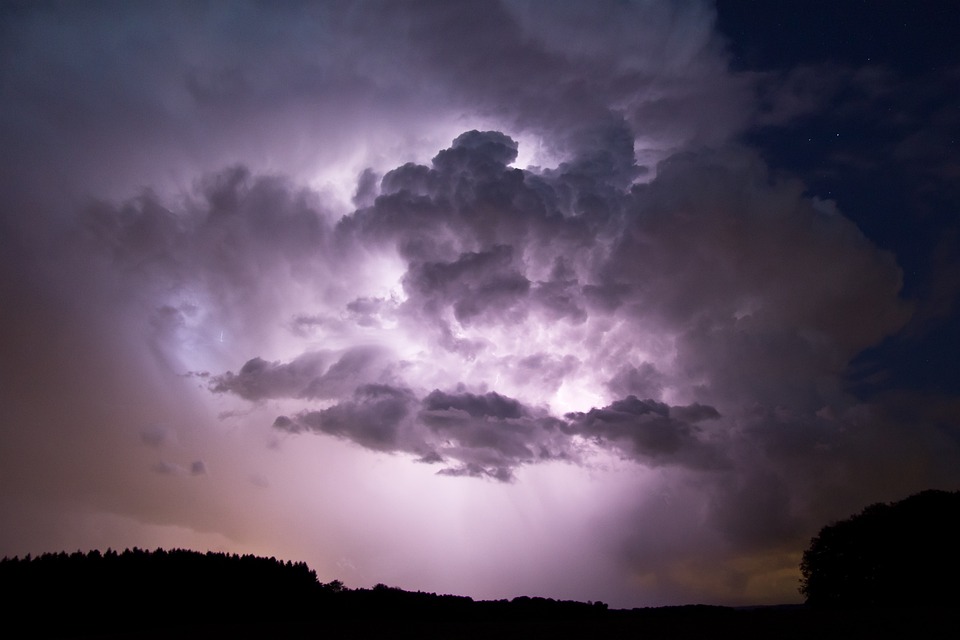The Middle Colonies, comprising New York, New Jersey, Pennsylvania, and Delaware, enjoyed a climate that significantly influenced their agricultural success and overall prosperity. This region’s temperate climate, characterized by warm summers and cold winters, set it apart from both the harsher conditions of New England and the hotter climates of the Southern Colonies.
Overview of the Middle Colonies’ Climate
Seasonal Variation
The Middle Colonies experienced four distinct seasons: spring, summer, fall, and winter. Summers were warm, with temperatures often reaching the 80s and 90s Fahrenheit (27-37°C), while winters were cold but milder than those in New England, typically ranging from 10 to 25°F (-12 to -4°C) [1][3].
Moderate Growing Season
The region benefited from a moderate growing season due to its fertile soil and adequate rainfall, averaging about 35 to 50 inches (90 to 125 cm) annually. This combination allowed for the cultivation of a variety of crops [2][3].
Comparatively Milder Than New England
While winters were cold, they were less severe than in New England. This moderation in climate facilitated a longer growing season compared to New England, contributing to the region’s agricultural productivity [1][3].
Impact of Climate on Agriculture and Economy
Farming and Crop Diversity
The favorable climate conditions allowed for diverse agricultural practices. The Middle Colonies became known as the “Breadbasket Colonies,” primarily producing grains such as wheat, barley, and rye. The rich glacial soils enhanced crop yields, making these colonies major exporters of food [1][5].
Longer Growing Season Compared to New England
The growing season in the Middle Colonies was significantly longer than in New England, which enabled farmers to cultivate not only grains but also fruits and vegetables. This agricultural diversity contributed to economic stability and self-sufficiency [3][5].
Natural Resources and Trade
The abundant natural resources, including forests for timber and navigable rivers for transport, facilitated trade. Major ports like New York and Philadelphia emerged as hubs for commerce, supporting industries such as shipbuilding and milling [1][4].
Influence of Climate on Daily Life and Settlement
Adaptation to Seasonal Changes
Settlers adapted their homes and clothing to accommodate the seasonal variations. The warm summers required lighter clothing and housing designs that provided ventilation, while colder winters necessitated sturdier structures and warmer attire [1][3].
Diverse Population and Labor Needs
The favorable climate attracted a diverse population seeking opportunities in agriculture and trade. This mix of settlers from various European backgrounds contributed to a rich cultural tapestry within the colonies [4][5].
Frequently Asked Questions (FAQs)
– What was the weather like in the Middle Colonies?
Warm summers and cold winters with a moderate growing season.
– How did the climate benefit agriculture?
Fertile soil and ample rainfall supported diverse crops like wheat and barley.
– Did the Middle Colonies have harsh winters?
Yes, winters were cold but generally milder than in New England.
– What natural resources were available due to the climate?
Forests provided lumber while rivers facilitated trade routes for commerce.
– How did climate influence settlement in the Middle Colonies?
The favorable climate attracted a diverse population for farming and trade.
Conclusion
The temperate climate of the Middle Colonies was instrumental in shaping their agricultural success and economic prosperity. With its balanced weather patterns allowing for a longer growing season and diverse crop production, this region became a crucial part of colonial America. The moderate climate not only facilitated agricultural abundance but also attracted a diverse population that contributed to the vibrancy of colonial society.

Kyle Whyte is a notable scholar and professor at the University of Michigan, holding positions such as the George Willis Pack Professor in the School for Environment and Sustainability and Professor of Philosophy. Specializing in environmental justice, his work critically examines climate policy and Indigenous peoples’ ethics, emphasizing the nexus between cooperative scientific endeavors and Indigenous justice. As an enrolled Citizen Potawatomi Nation member, he brings a vital perspective to his roles as a U.S. Science Envoy and member of the White House Environmental Justice Advisory Council. His influential research is supported by various prestigious organizations including the National Science Foundation, and disseminated through publications in high-impact journals. Kyle actively contributes to global Indigenous research methodologies and education, with affiliations to numerous institutes and societies dedicated to traditional knowledge and sustainability. Recognized for his academic and community engagement, Kyle has earned multiple awards and served in various visiting professorships. His efforts extend to leadership positions on boards and committees focused on environmental justice nationwide.
